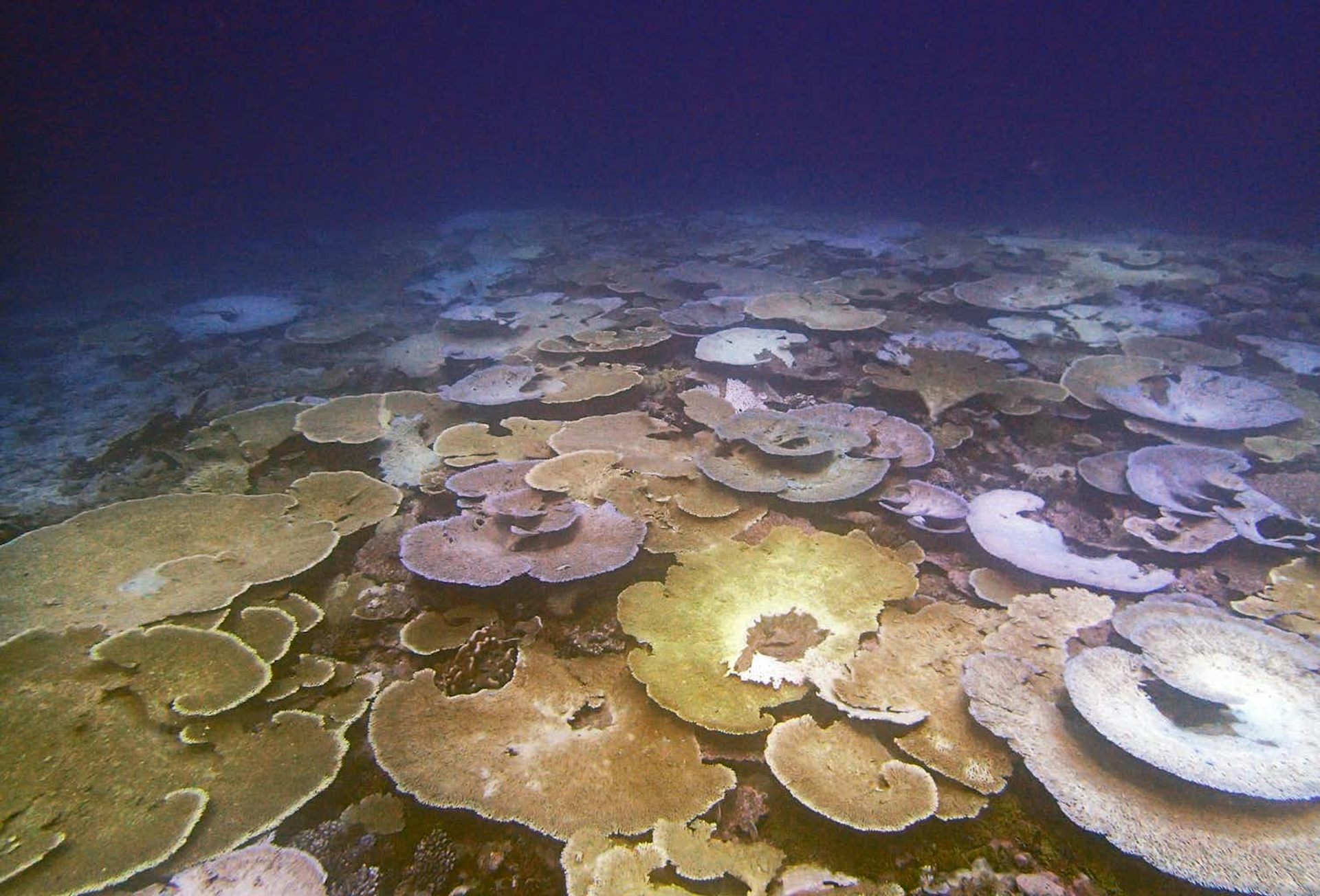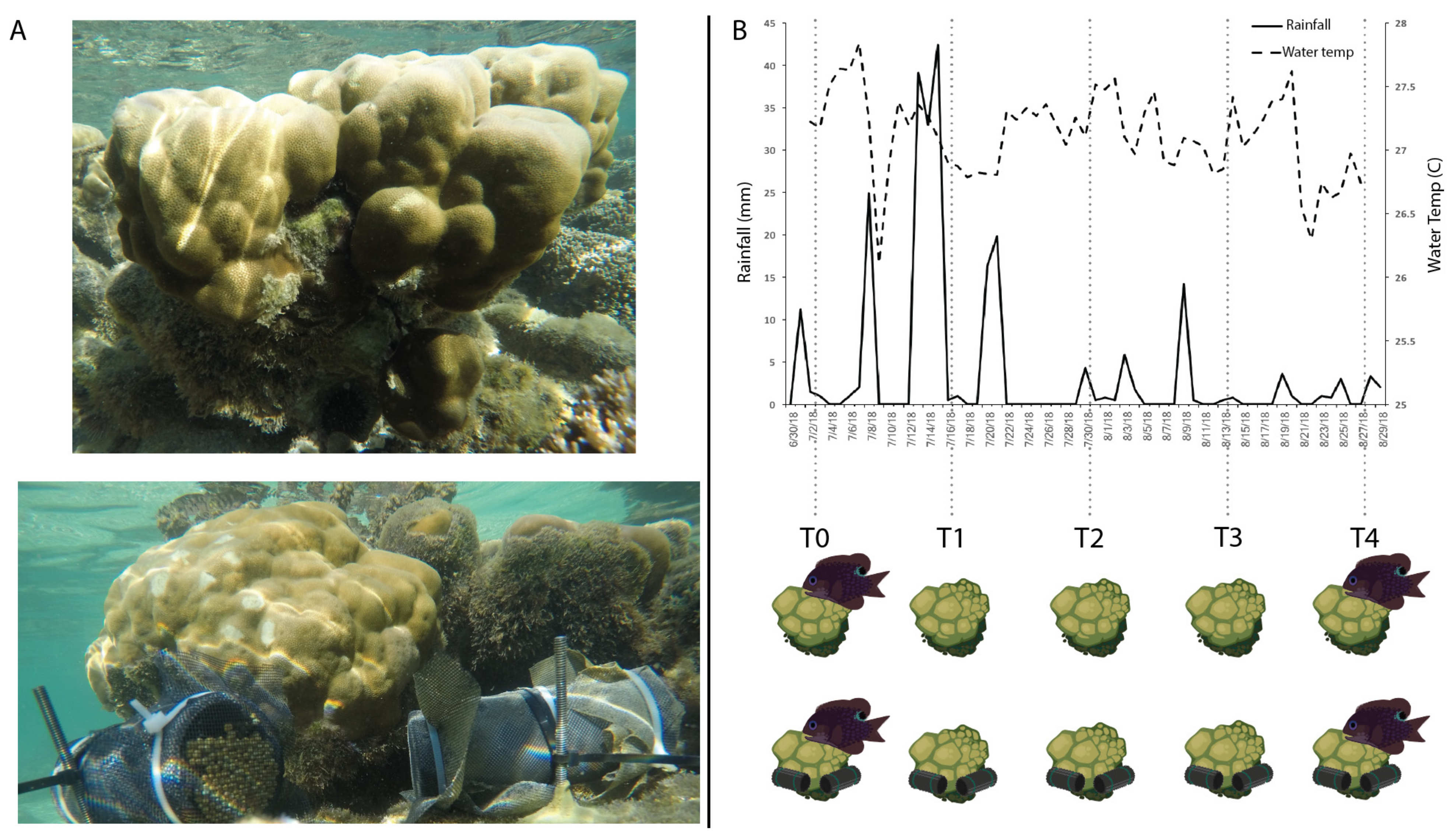
The zooxanthellae feed off the nitrogen waste and provide oxygen for photosynthesis, as well as organic matter that are used as nutrients by the corals.

The polyps ingest minerals and small organisms, digests them, and deposits the calcium carbonate on the skeleton. Image credit: Designua/Ĭorals form a close mutualistic association with a microscopic single-celled photosynthetic alga, called zooxanthellae that resides inside each of the coral polyps. Nutrient Cycling And Carbon Fixation Anatomy of a coral : association between coral polyp and zooxanthellae.

By supporting such a high variety of flora and fauna, the coral reefs help to maintain a functional ecological balance between the different predator and prey species. Besides this, the different types of small biota and planktons also serve as food for the larger fishes that inhabit the reefs. Each of these animals plays an important and unique role in the reef ecosystem either by filtering water, consuming the prolific algae, or by keeping a particular species under control. It has been estimated by scientists that over a million species are associated with coral reefs, which also provide a perfect habitat and a safe hiding place for an incredible variety of fishes, crustaceans, echinoderms, mollusks, sponges, anemones, sea turtles, and other marine faunal species.

Although the reefs occupy less than 0.1% of the world’s ocean area, they support about 250,000 known marine species on the planet – which includes over 4,000 fish species, 700 coral species, and thousands of other marine flora and fauna. The coral reef ecosystems are referred to as the ‘rainforests of the sea’, and are widely known for their high biological diversity.


 0 kommentar(er)
0 kommentar(er)
